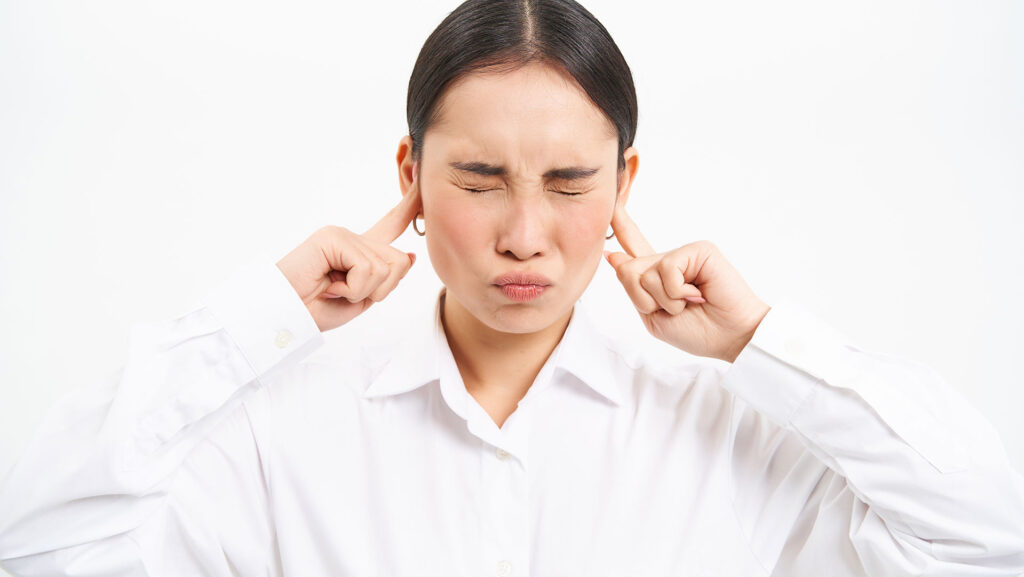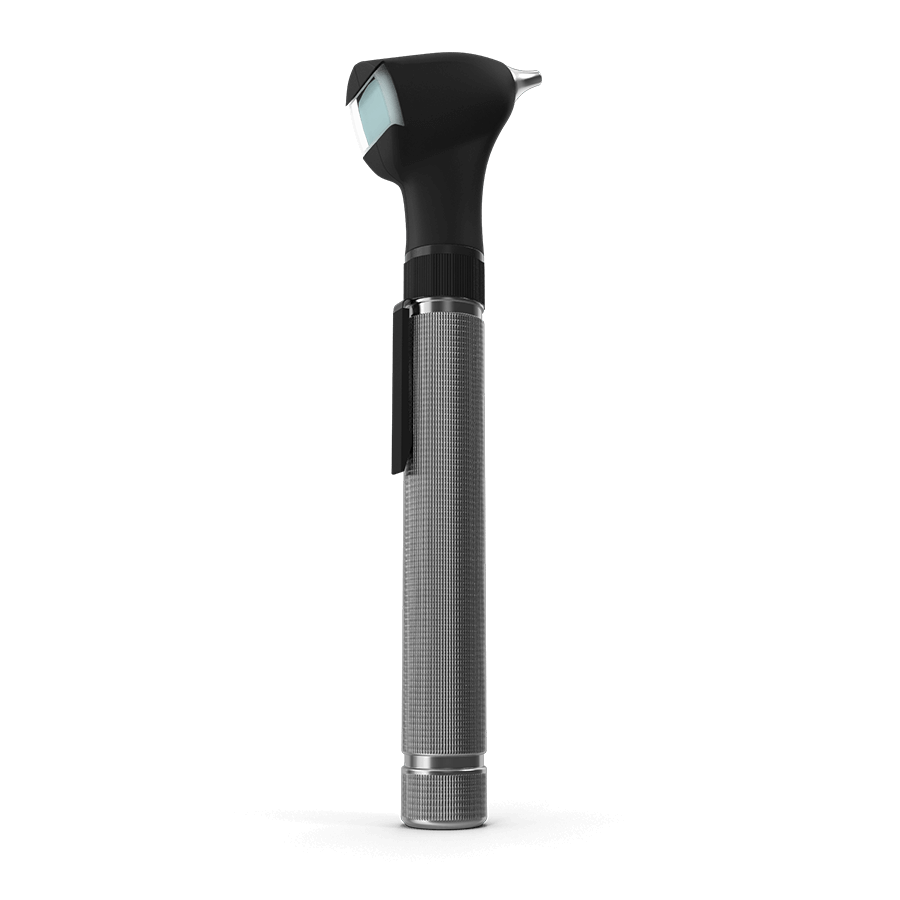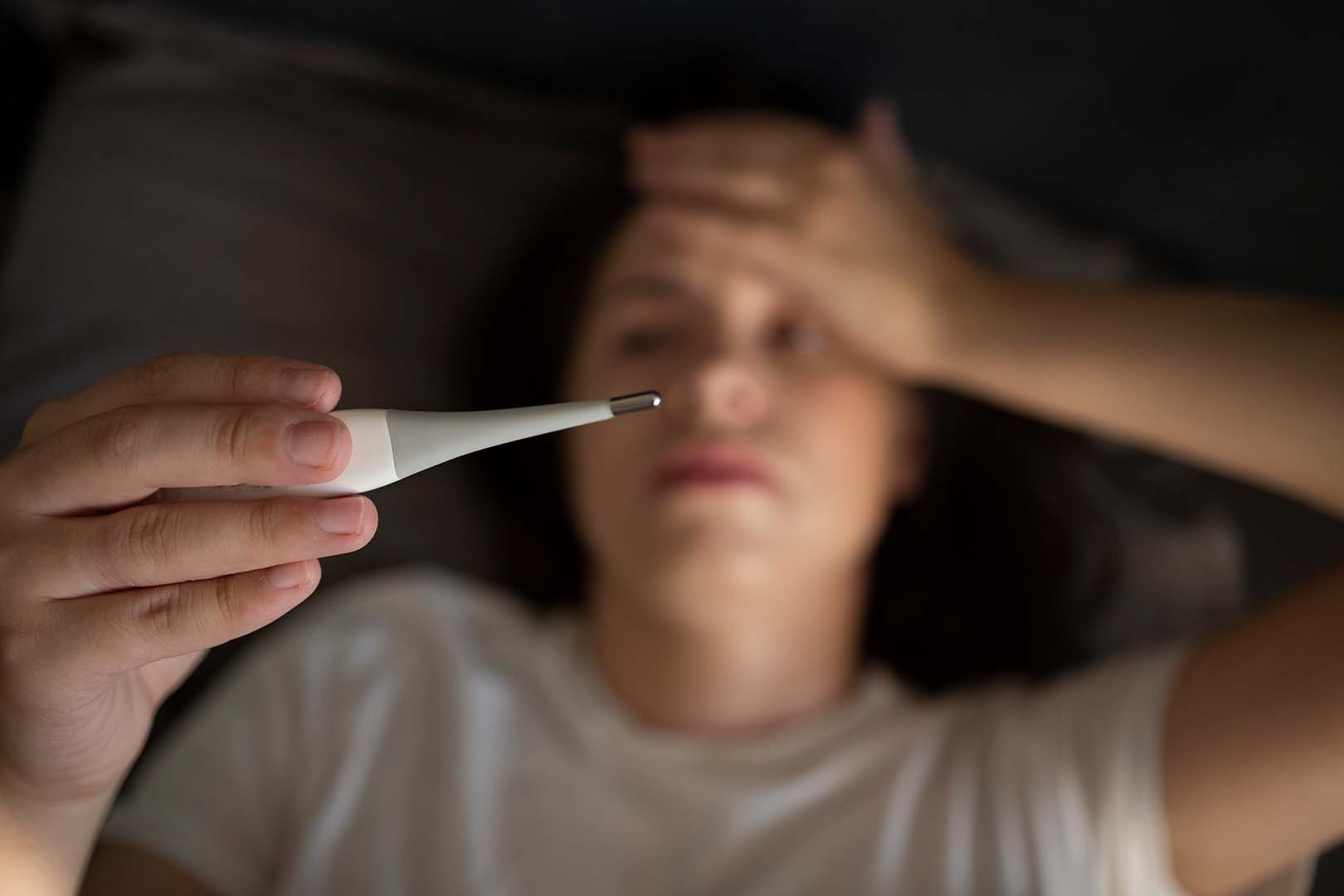Table of Contents
Introduction
If you frequently travel by aeroplane or through mountainous areas, you are probably familiar with that unpleasant sensation of ear pressure, known as airplane ear. It’s common and often seen as just an inconvenience, but did you know that frequent or severe ear pressure due to altitude changes can have lasting impacts on your middle ear health? Scientific evidence confirms that it’s more than just discomfort—it’s a health concern that requires attention and care.
This article will explain precisely why altitude-related ear pressure occurs, its potential impacts on hearing health, and how you can effectively protect yourself.
Why Does Altitude Affect Your Ears?
The feeling of ear pressure during altitude changes is mainly due to the Eustachian tube—a small channel connecting the middle ear to the back of the throat. This tiny tube’s primary role is to regulate and equalise air pressure on both sides of the eardrum (Bluestone, 2005).
Typically, the Eustachian tube opens and closes naturally, adjusting air pressure smoothly. However, rapid altitude shifts, such as during aeroplane take-offs or descents, can prevent the Eustachian tube from reacting promptly. This leads to unequal pressure, creating that uncomfortable blocked or painful feeling in the ears (Mirza & Richardson, 2013).
When Does Ear Pressure Become a Concern?
Usually, altitude-induced ear pressure is temporary and harmless. However, in some cases, inadequate pressure equalisation can result in a condition called barotrauma. This occurs when excessive pressure difference stresses the eardrum or other middle-ear structures. Symptoms can range from ear pain and temporary hearing loss to more serious complications, including bleeding or tympanic membrane perforation (Mirza & Richardson, 2013).
Repeated or severe altitude changes might also cause fluid accumulation in the middle ear, known as serous otitis media. Persistent fluid presence can lead to recurrent infections and temporary hearing issues, especially among frequent travellers or vulnerable groups like children (Bluestone, 2005).
Who Is Most at Risk?
Certain individuals are particularly susceptible to altitude-related ear complications. People with chronic respiratory issues, allergies or recurrent colds often struggle more to equalise ear pressure due to ongoing inflammation in their upper respiratory tract.
Additionally, children face higher risks due to their shorter and narrower Eustachian tubes. Research by the American Academy of Pediatrics indicates children between six months and two years old are particularly prone to altitude-related ear complications during flights (Paradise et al., 2004).
Effective Strategies to Protect Your Ears
Fortunately, several practical methods can help reduce ear pressure and protect your middle ear health:
Chewing gum or frequently swallowing can effectively open your Eustachian tubes, equalising pressure more easily.
The Valsalva manoeuvre—closing your mouth, pinching your nose and gently blowing—can swiftly open blocked tubes to relieve pressure.
In specific cases and always under medical supervision, nasal decongestants might temporarily reduce inflammation, facilitating pressure equalisation.

The Importance of Professional Guidance
Especially if you travel often or already experience ear discomfort regularly, professional advice from an audiologist is vital. Regular check-ups can detect potential ear issues before they escalate, offering personalised recommendations to keep your ears healthy throughout your journeys.
Audiologists can suggest specific preventive measures tailored to your health condition and travel habits, significantly reducing discomfort and safeguarding your hearing health.
Conclusion
Altitude changes can significantly affect middle-ear health, far beyond the temporary discomfort usually felt. Understanding the underlying mechanisms and taking preventive actions can transform your travel experiences, ensuring you enjoy comfortable and safe journeys.
Your hearing is precious—take proactive steps to protect it. At AudioCare, we are committed to helping you keep your ears healthy, comfortable, and ready for every adventure.
References
- Mirza, S., & Richardson, H. (2013). Otolaryngology & Aviation Medicine. Aviation, Space, and Environmental Medicine, 84(9), 976-982.
https://pubmed.ncbi.nlm.nih.gov/15949100/ - Bluestone, C. D. (2005). Eustachian Tube: Structure, Function, Role in Otitis Media. BC Decker Inc.
https://pubmed.ncbi.nlm.nih.gov/6886258/ - Paradise, J.L., et al. (2004). Otitis Media in Infants and Young Children. Pediatrics, 113(5), 1412-1429, American Academy of Pediatrics.
https://pmc.ncbi.nlm.nih.gov/articles/PMC4298289/







